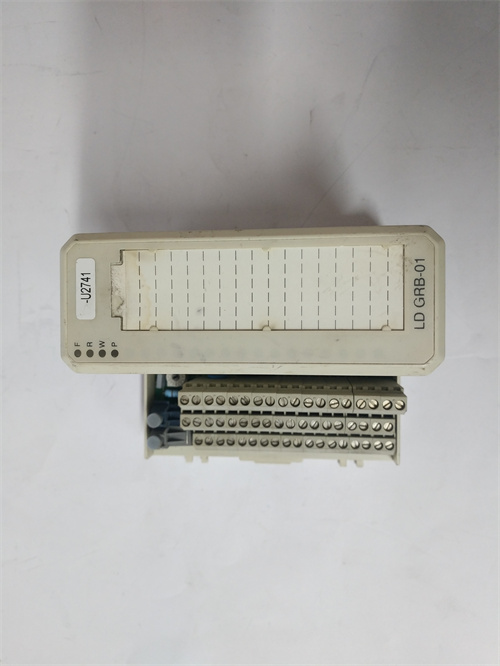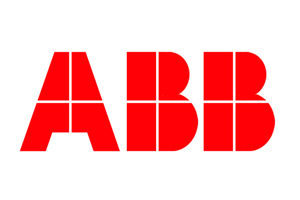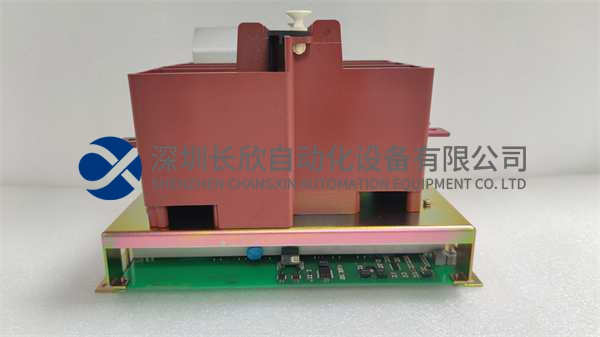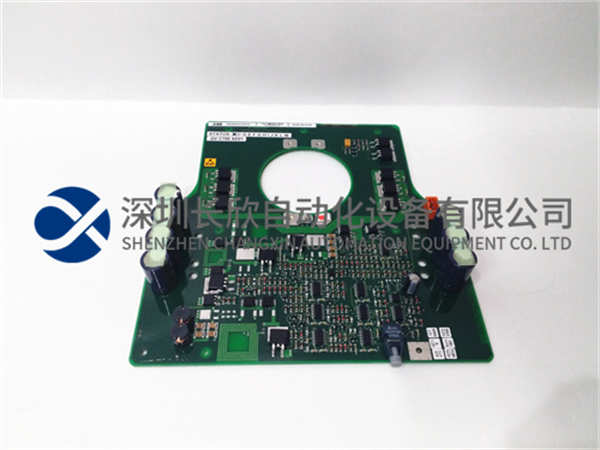描述
ABB LDGRB-01 3BSE013177R1是ABB公司推出的一款高性能工业自动化模块,广泛应用于控制系统、工业生产线及复杂工业环境。以下是其核心功能、技术特点及应用场景的综合分析:
1.概述
该模块属于ABB S800系列I/O模块,采用模块化设计,支持灵活扩展,可适配多种工业通信协议。其核心功能包括负载分组控制、继电器输出、数字信号处理及远程通信,适用于电力、化工、制造等领域的自动化控制需求。
2.核心功能
(1)负载分组与继电器输出
负载分组:支持将多个设备或系统划分为不同组别,实现分组控制与管理,提升系统灵活性与效率。
继电器输出:提供多个继电器通道,可控制电机、阀门、灯光等负载设备,支持强电控制需求。
(2)数字输入与信号处理
数字输入通道:支持开关、传感器等设备的数字信号采集,可配置为高速采样模式,适用于脉冲信号或瞬态事件监测。
信号处理能力:具备事件计数、状态变化检测及报警触发功能,可生成实时数据并反馈至控制系统。
(3)通信与协议兼容性
工业通信协议:支持Modbus TCP/IP、Profibus DP、EtherNet/IP等协议,可无缝集成至PLC、DCS或SCADA系统。
远程网关功能:作为远程I/O网关,通过光纤或以太网实现分布式部署,减少布线成本并扩展系统规模。
(4)处理器与控制逻辑
高性能处理器:内置32位微控制器(如RX671),支持多任务处理与复杂算法执行,适用于实时控制任务。
编程与配置:支持ABB编程语言及工具,可定制控制逻辑、参数设置及报警规则。
3.技术参数
电源:24V DC供电,功耗约2.5W。
工作温度:-40℃至+70℃,适应极端环境。
防护等级:IP20,DIN导轨安装。
通信接口:以太网(10/100Mbps)、光纤接口、RS-485等。
4.应用场景
工业生产线:监测传感器状态、控制执行器动作,实现自动化装配与质检。
能源管理:监控电力设备状态、调节照明及空调系统,优化能耗。
过程控制:化工厂中监测温度、压力参数,控制阀门与泵的启停。
机器人与运动控制:配合控制器实现精确定位与路径规划,应用于装配、焊接等任务。
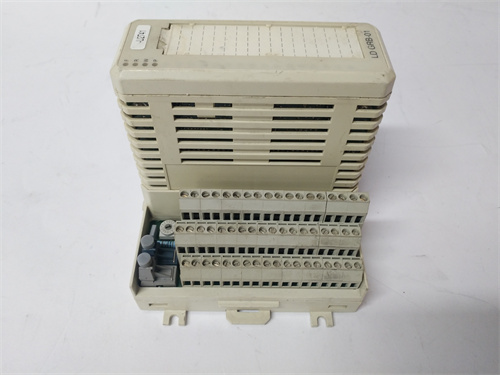
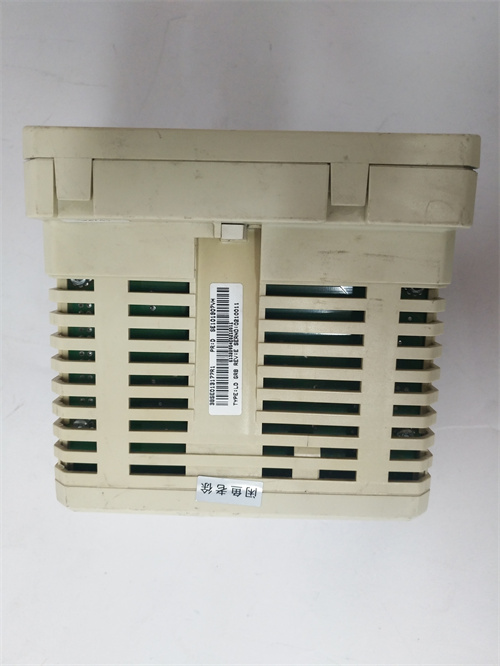
ABB LDGRB-01 3BSE013177R1 is a high-performance industrial automation module launched by ABB.It is widely used in control systems,industrial production lines and complex industrial environments.The following is a comprehensive analysis of its core functions,technical features and application scenarios:
1.Overview
This module belongs to the ABB S800 series I/O module.It adopts a modular design,supports flexible expansion,and can adapt to a variety of industrial communication protocols.Its core functions include load group control,relay output,digital signal processing and remote communication,which are suitable for automation control needs in the fields of power,chemical industry,manufacturing,etc.
2.Core functions
(1)Load grouping and relay output
Load grouping:supports dividing multiple devices or systems into different groups,realizing group control and management,and improving system flexibility and efficiency.
Relay output:provides multiple relay channels to control load devices such as motors,valves,and lights,and supports strong power control needs.
(2)Digital input and signal processing
Digital input channel:supports digital signal acquisition of switches,sensors and other devices,and can be configured as high-speed sampling mode,which is suitable for pulse signal or transient event monitoring.
Signal processing capability:It has event counting,state change detection and alarm triggering functions,can generate real-time data and feedback to the control system.
(3)Communication and protocol compatibility
Industrial communication protocol:Supports Modbus TCP/IP,Profibus DP,EtherNet/IP and other protocols,and can be seamlessly integrated into PLC,DCS or SCADA systems.
Remote gateway function:As a remote I/O gateway,it can achieve distributed deployment through optical fiber or Ethernet,reduce wiring costs and expand system scale.
(4)Processor and control logic
High-performance processor:Built-in 32-bit microcontroller(such as RX671),supports multi-tasking and complex algorithm execution,suitable for real-time control tasks.
Programming and configuration:Supports ABB programming language and tools,and can customize control logic,parameter settings and alarm rules.
3.Technical parameters
Power supply:24V DC power supply,power consumption is about 2.5W.
Operating temperature:-40℃to+70℃,suitable for extreme environments.
Protection level:IP20,DIN rail installation.
Communication interface:Ethernet(10/100Mbps),fiber optic interface,RS-485,etc.
4.Application scenarios
Industrial production line:monitor sensor status,control actuator action,and realize automated assembly and quality inspection.
Energy management:monitor the status of power equipment,adjust lighting and air conditioning systems,and optimize energy consumption.
Process control:monitor temperature and pressure parameters in chemical plants,and control the start and stop of valves and pumps.
Robots and motion control:cooperate with controllers to achieve precise positioning and path planning,and are applied to tasks such as assembly and welding.

